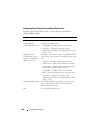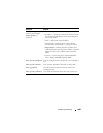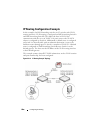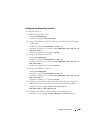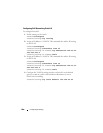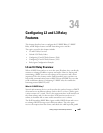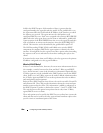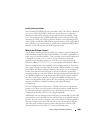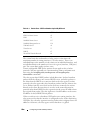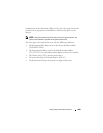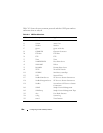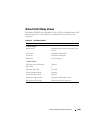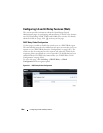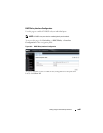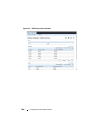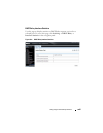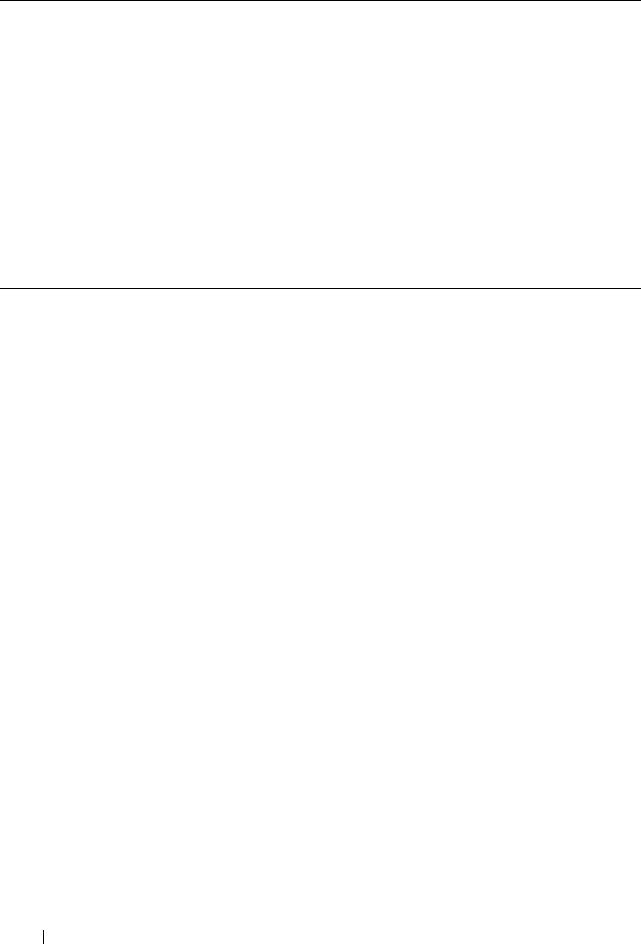
1090 Configuring L2 and L3 Relay Features
Table 34-1. Default Ports - UDP Port Numbers Implied By Wildcard
The system limits the total number of relay entries to four times the
maximum number of routing interfaces (512 relay entries). There is no
individual limit to the number of relay entries on an individual interface, and
no individual limit to the number of servers for a given {interface, UDP port}
pair. The system limit applies in these cases.
Certain configurable DHCP relay options do not apply to relay of other
protocols. You may optionally set a maximum hop count or minimum wait
time using the bootpdhcprelay maxhopcount and bootpdhcprelay
minwaittime commands.
The relay agent relays DHCP packets in both directions. It relays broadcast
packets from the client to one or more DHCP servers, and relays packets to
the client that the DHCP server unicasts back to the relay agent. For other
protocols, the relay agent only relays broadcast packets from the client to the
server. Packets from the server back to the client are assumed to be unicast
directly to the client. Because there is no relay in the return direction for
protocols other than DHCP, the relay agent retains the source IP address from
the original client packet. The relay agent uses a local IP address as the source
IP address of relayed DHCP client packets.
When a switch receives a broadcast UDP packet on a routing interface, the
relay agent verifies that the interface is configured to relay to the destination
UDP port. If so, the relay agent unicasts the packet to the configured server IP
addresses. Otherwise, the relay agent verifies that there is a global
Protocol UDP Port Number
IEN-116 Name Service 42
DNS 53
NetBIOS Name Server 137
NetBIOS Datagram Server 138
TACACS Server 49
Time Service 37
DHCP 67
Trivial File Transfer Protocol 69



